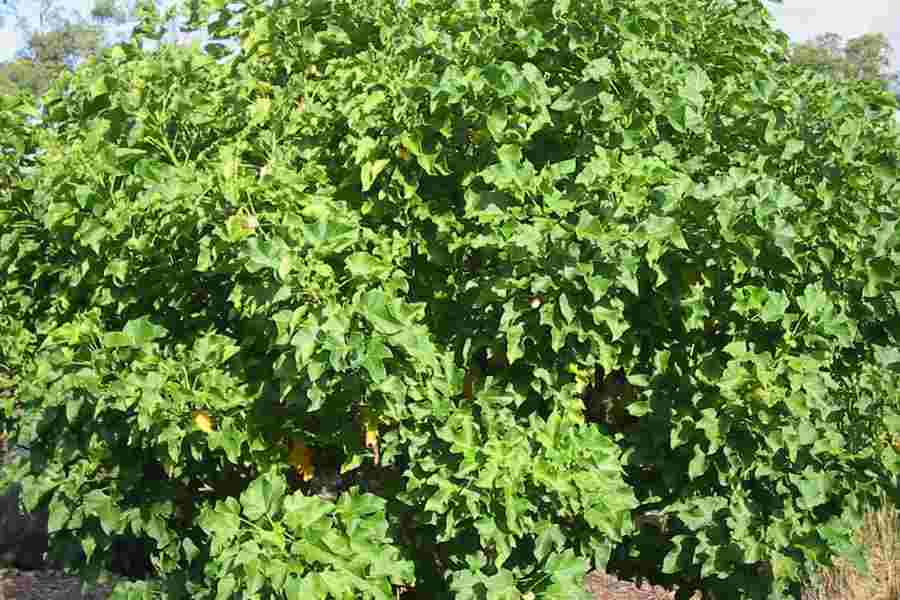
Mission Biofuels India Private Ltd
Add a reviewOverview
-
Sectors Services
-
Posted Jobs 0
-
Viewed 47
Company Description
Jatropha A Feasible Alternative Renewable Resource
Constantly the biodiesel market is looking for some alternative to produce renewable resource. Biodiesel prepared from canola, sunflower and jatropha can change or be combined with conventional diesel. During very first half of 2000’s jatropha biofuel made the headings as an incredibly popular and promising option. It is prepared from jatropha curcas, a plant species belonging to Central America that can be grown on wasteland.
Jatropha Curcas is a non edible plant that grows in the deserts. The plant grows very rapidly and it can yield seeds for about 50 years. The oil received from its seeds can be used as a biofuel. This can be combined with petroleum diesel. Previously it has actually been used two times with algae mix to sustain test flight of airlines.
Another favorable approach of jatorpha seeds is that they have 37% oil content and they can be burned as a fuel without improving them. It is likewise used for medical purpose. Supporters of jatropha biodiesel say that the flames of jatropha oil are smoke totally free and they are effectively checked for easy diesel motor.

Jatropha biodiesel as Renewable resource Investment has actually brought in the interest of numerous companies, which have checked it for vehicle use. Jatropha biodiesel has been roadway tested by Mercedes and 3 of the cars and trucks have covered 18,600 miles by utilizing the jatropha plant biodiesel.
Since it is due to the fact that of some disadvantages, the jatropha biodiesel have actually ruled out as a fantastic renewable resource. The greatest issue is that no one understands that exactly what the efficiency rate of the plant is. Secondly they do not know how big scale growing may impact the soil quality and the environment as a whole. The jatropha plant requires 5 times more water per energy than corn and sugarcane. This raises another concern. On the other hand it is to be noted that jatropha can grow on tropical climates with yearly rains of about 1000 to 1500 mm. A thing to be kept in mind is that jatropha needs correct irrigation in the first year of its plantation which lasts for decades.
Recent survey states that it holds true that can grow on degraded land with little water and bad nutrition. But there is no evidence for the yield to be high. This may be proportional to the quality of the soil. In such a case it might need high quality of land and may need the exact same quagmire that is faced by a lot of biofuel types.
Jatropha has one primary drawback. The seeds and leaves of jatropha are hazardous to human beings and livestock. This made the Australian government to prohibit the plant in 2006. The government stated the plant as invasive species, and too risky for western Australian farming and the environment here (DAFWQ 2006).
While jatropha has stimulating budding, there are variety of research study obstacles remain. The significance of cleansing has actually to be studied because of the toxicity of the plant. Along side a methodical study of the oil yield need to be undertaken, this is really essential because of high yield of jatropha would most likely required before jatropha can be contributed substantially to the world. Lastly it is also very essential to study about the jatropha types that can survive in more temperature level environment, as jatropha is really much limited in the tropical climates.

